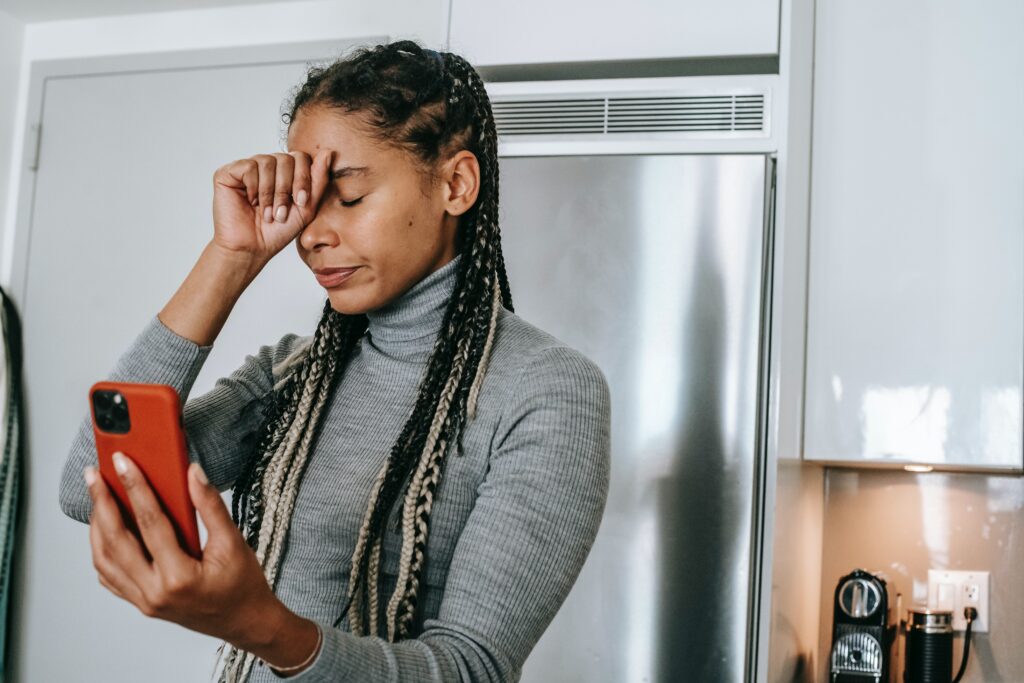T-bone car accidents often carry disputes in liability.
T-bone car accidents are some of the most dangerous types of car accidents, and they can result in serious injuries or even death. It’s important to understand who is at fault in a t-bone accident so that you can properly protect yourself if you’re ever involved in one. Car accident cases often involve disputes in liability, in particular when one driver or passenger is claiming an injury.
This article will explain why t-bone accidents occur, how liability is determined for these types of collisions, and what steps to take if you find yourself involved in one. It's always a good idea to consider speaking to an experienced Austin car accident lawyer before deciding how to move forward on your case. We'll also look at common defenses used by drivers when they're accused of causing a t-bone car accident. With this information, you'll be better prepared should an unfortunate situation arise.

What is a t-bone car accident?
A t-bone car accident, also known as a side-impact or broadside collision, is an impact that occurs when the front of one vehicle collides with the side of another vehicle. It gets its name from the shape it creates — like a T-bone steak — where one driver slams into the side of another’s vehicle, creating a 90-degree angle of force.
T-bone accidents are especially dangerous because they often result in severe damage to both the car and its passengers. The high speed and direct impact of these types of crashes can cause serious injuries such as broken bones, spinal cord damage, head trauma, organ damage and even death. The risk is further increased if either vehicle is large or heavy.
How do I prove fault in a t-bone car accident?
The person who is at fault for a t-bone car accident will depend on the circumstances of the crash, including whether either driver was negligent or breaking traffic laws. The most common cause of these collisions is when one driver fails to yield the right of way to another.
In order to prove that a particular driver was at fault in a t-bone collision, one must typically demonstrate negligence through evidence such as witness statements, police reports, and photos taken at the scene. Additionally, failure to follow any applicable traffic laws can also be used as proof that someone acted negligently and caused an accident.
Another factor in determining fault is which vehicle had the right of way prior to impact. If one car had the right of way and the other driver ran a red light, failed to yield when turning left, or otherwise violated traffic laws, then that driver will likely be found liable for the accident.
In some cases, both drivers may be held at least partially responsible for the collision. This is known as shared fault and often occurs when one driver fails to use reasonable care while driving or does not take adequate precautions to avoid an accident.
What are common defenses for a t-bone car accident?
When a driver is accused of causing a t-bone car accident, there are several potential defenses available. Some of the most common include:
- The other driver was negligent: If the other driver acted negligently and caused the accident, then they may be held solely responsible for the resulting damages. This could include failing to yield the right of way, running a red light or stop sign, speeding, or driving while distracted.
- The other driver suddenly changed lanes or stopped short: If the other driver suddenly and unexpectedly swerved into your lane or abruptly stopped in front of you, this could be used as evidence that they were at least partially liable for the crash.
- Improperly maintained roads: Poorly maintained roads can be a factor in causing a t-bone accident. If there are potholes, debris, or other hazards that contributed to the accident, then the government agency responsible for maintaining the roadway may be held liable.
- Inclement weather: In some cases, inclement weather conditions such as fog, rain, snow, or ice could contribute to an accident and reduce one’s ability to safely maneuver their vehicle. This could result in shared fault if both drivers were affected by adverse weather conditions.
What should I do if I'm involved in a t-bone car accident?
If you find yourself involved in a t-bone car accident, there are several steps you should take to ensure your safety and protect your legal rights.
Call 911: Let the police know that an accident has occurred so they can investigate and document the scene. This will also help establish who is at fault for the crash.
Get medical attention: If you or a passenger has been injured in the accident, seek medical attention immediately. Even if you don’t think you have been seriously injured, it is important to get checked out by a doctor as some injuries may not be readily apparent.
Take pictures and gather evidence: Document any damage done to your vehicle, as well as debris from the road that could indicate who was at fault for the collision. Additionally, take photos of any injuries that you or your passengers sustained in the accident.
Exchange contact and insurance information: Speak to the other driver and exchange contact and insurance information so that you can begin the claims process if necessary. Talking with your insurance company will also be important, to determine if your insurance company will be able to pay for any of your damages or medical bills.
Contact an Austin car accident lawyer: If you believe you have been wrongfully injured in a t-bone car accident due to another driver’s negligence, then it is wise to speak with an experienced attorney who can help advise you on your legal rights and options.
Contact Fletcher Law for help with your t-bone car accident case

If you have been injured in a t-bone car accident, it is important to contact a qualified attorney who can help protect your legal rights. At Fletcher Law, our experienced team of lawyers are dedicated to providing personalized and aggressive representation for individuals throughout the United States who have been wrongfully injured by another party’s negligence.
We understand the gravity of these cases and fight hard to ensure that our clients receive the fair compensation they deserve. Contact us today for more information or to schedule a consultation. We look forward to working with you!